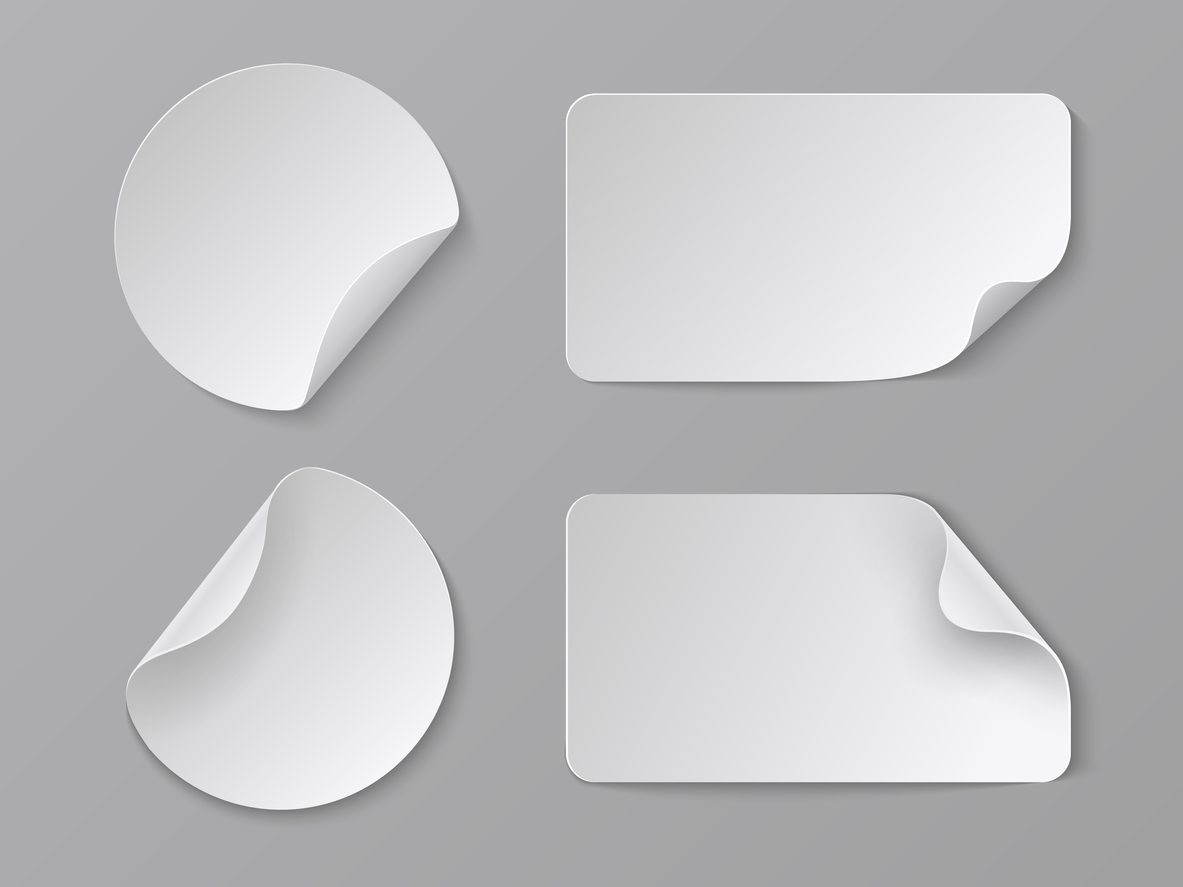UL certification is used in North America to show that a product has been tested by UL Solutions (formerly Underwriters Laboratories) and meets US and Canadian safety standards. UL-tested products are then labeled to demonstrate compliance to the end user. A UL-approved printer can print the labels, or the product manufacturer can print thermal UL labels at their facility using approved supplies. Many find that printing thermal UL labels at their manufacturing facility provides many benefits.
UL Marking Explained
UL is one of several National Recognized Testing Laboratories (NRTL) accepted by the US Occupational Safety and Health Organization (OSHA) and the mark most people are familiar with. OSHA requires NRTL approval of equipment used in the workplace (29 CFR 1910) to demonstrate it has met minimum safety requirements. The original intent was to protect workers, but market demands and fear of litigation have moved the need for safety certification to other products as well.
While no federal law requires NRTL certification (e.g., UL certification and labeling), many companies will refuse to purchase or distribute products without a UL label because of the risk. In addition, state and local building and electric codes require many NRTL-listed or labeled products to be used. Further, products that must conform to certain standards, such as NEMA or IP ratings, must be tested. So while not legally required, products won’t be sold without it.
- UL certification is demonstrated through marking (i.e., UL labeling), which is usually either UL-listed, UL-recognized, or UL-classified. UL listed is the most common mark and applies to finished products like computers or appliances.
- UL recognized is reserved for specific industrial components that are not independent units but elements of a larger system. And UL classified products have been evaluated only for specific properties, a limited range of hazards, or suitability for use under limited conditions.
Thermal UL Labels Standard Compliance
UL 969 Standard Marketing and Labeling Systems is the standard to which UL markings must comply. The requirements cover adhesive-attached labels used as permanent nameplates or markers that are applied at the manufacturing facility, label materials (blank stock, overlaminations, and adhesives), systems (label material, ink, and printing processes), and labels that are molded into plastic parts or mechanically affixed. This standard is specific to marking and labeling systems used on complete devices, appliances, or equipment.
There are different categories within the standard that cover each of these items. PGJI2 is the certification level for blank labels printed on thermal printers by the manufacturer at their facility and printed labels that will receive additional printing by the manufacturer (e.g., variable print). This certification requires that the product label material and the thermal ribbon be UL tested for compatibility as a complete system. The printer isn’t usually specified, but label providers will sell the entire system as a package. A UL-approved label vendor must provide these systems.
Why Print Thermal UL Labels
Although it is convenient to have a UL-approved label partner print your labels, there are times when it is beneficial to print thermal UL labels, all or in part, at your manufacturing facility. It is important to note that while thermal printing can refer to both direct thermal and thermal transfer, not both types are acceptable for UL labels. While both use a heated print head, direct thermal requires chemically treated paper to create print, and thermal transfer uses a transfer ribbon that, when heated, transfers wax or resin to the label to print. Direct thermal is often used in cash register receipts that fade over time. No direct thermal stocks are UL approved because the print isn’t durable. Therefore, when speaking of thermal UL labels, thermal transfer printing is the method that is used.
Thermal labels partially printed by a label printer are used when variable printing is added at the manufacturing facility. Variable printing might include serial numbers, date codes, or electronic ratings. There are many benefits to printing UL labels as part of your manufacturing process.
Reduce Obsolescence
Printing at your manufacturing facility allows printing the number of labels you need when you need them, whether you need one or hundreds. If changes are required, or you need variable print, they can be done quickly, and you aren’t stuck with obsolete preprinted labels.
Reduce Wait Times
The pandemic taught us all how fragile the supply chain can be. You shouldn’t have to delay shipping your products because you are waiting for labels. Forgetting to order them for a particular model is no longer an issue. You no longer have to wait for preprinted labels from your printer. Labels are available when you need them.
Reduce Costs
Buying labels of small quantities in assorted sizes and designs can be expensive. Standardizing your label size and design across products allows you to purchase blanks in larger quantities which may enable you to take advantage of price breaks. You can then customize them at your manufacturing facility with information specific to the product.
Choose DRG Technologies for Your Thermal UL Label Needs
DRG Technologies is a UL-approved supplier of thermal labels and labeling sets. We can provide all your UL-recognized materials and inform you which thermal ribbon(s) must be used to meet the UL standard. We will ensure you have everything you need for compliance, including the labels, thermal ribbon, printer, and software if requested. We can also print variable information if that is required. Contact us today to get started.

